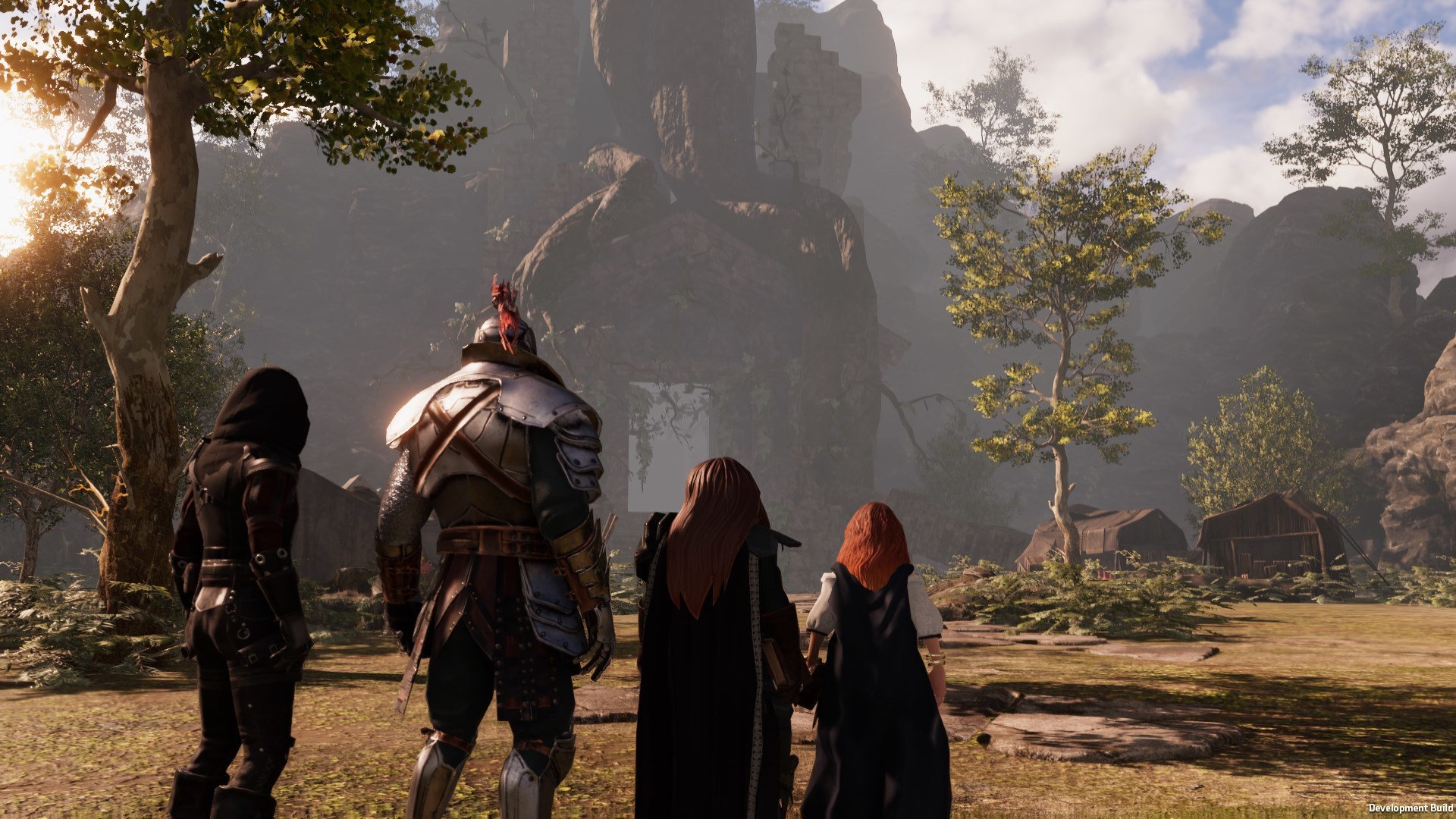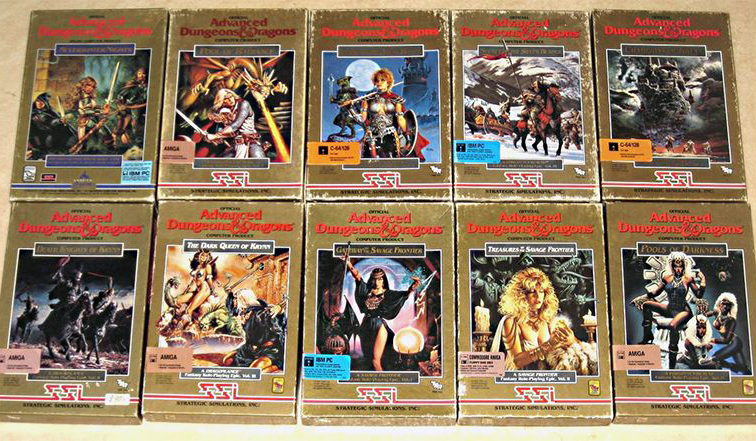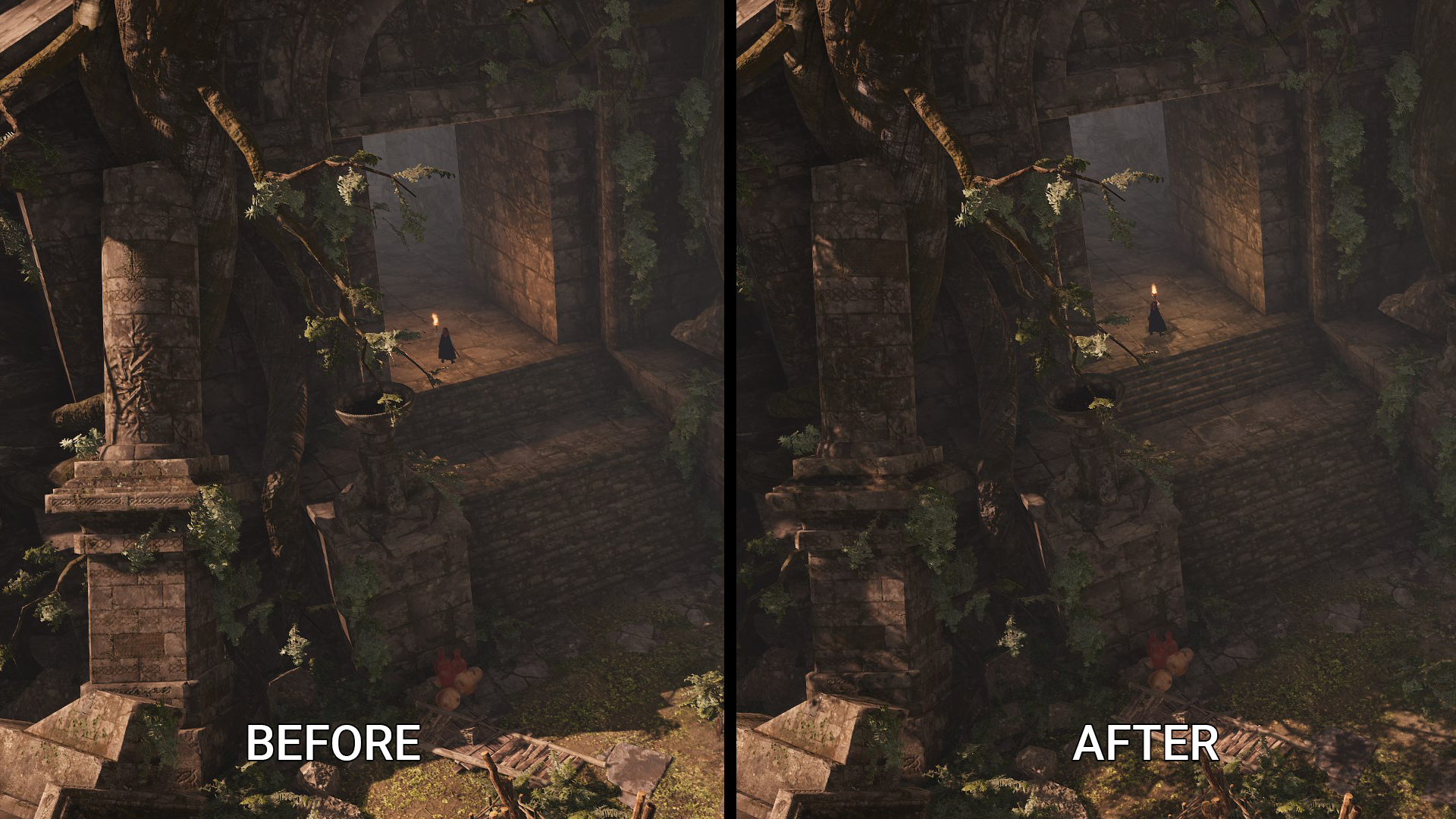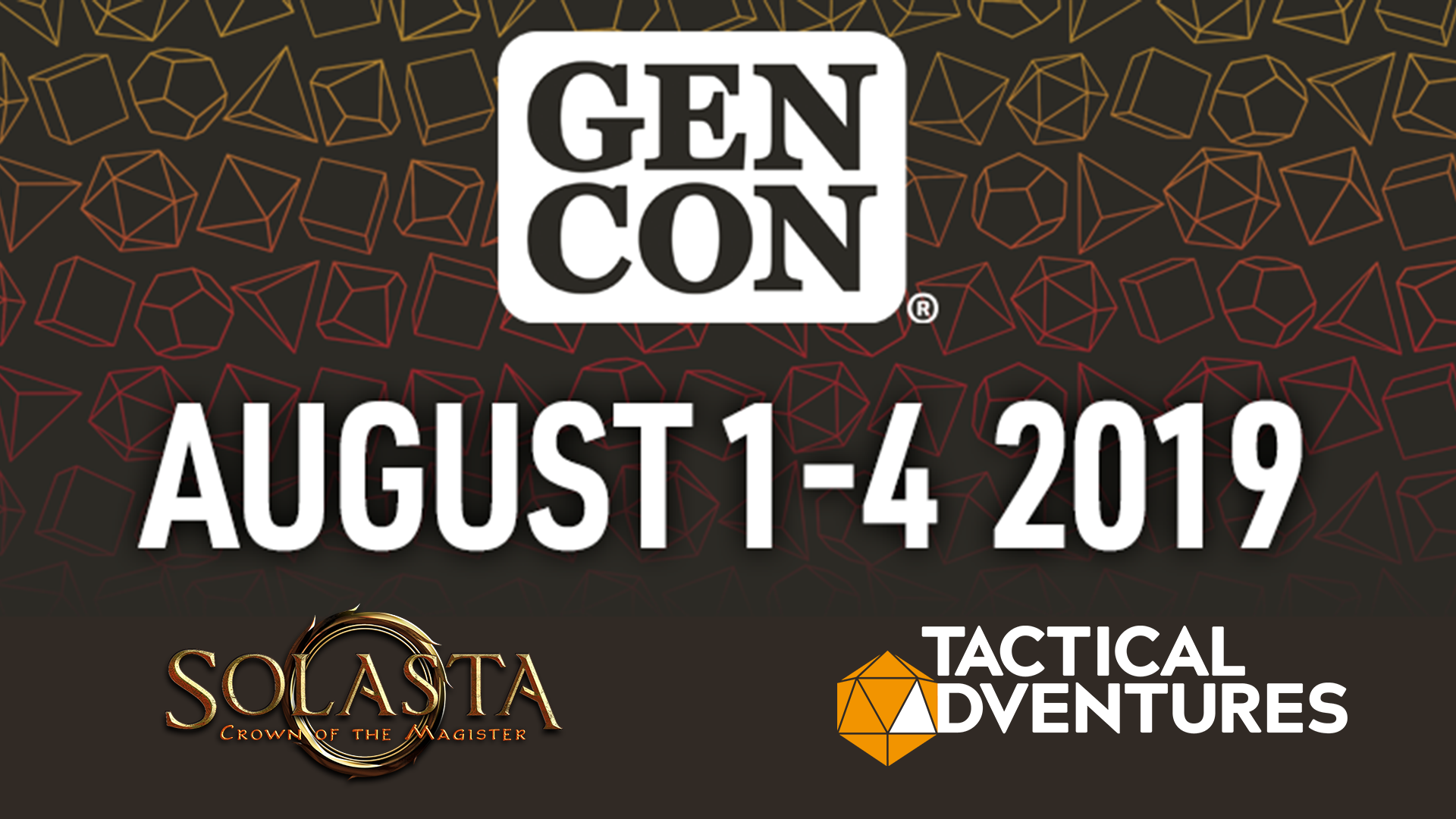
Jul 26, 2019
Solasta: Crown of the Magister - Myzzrym
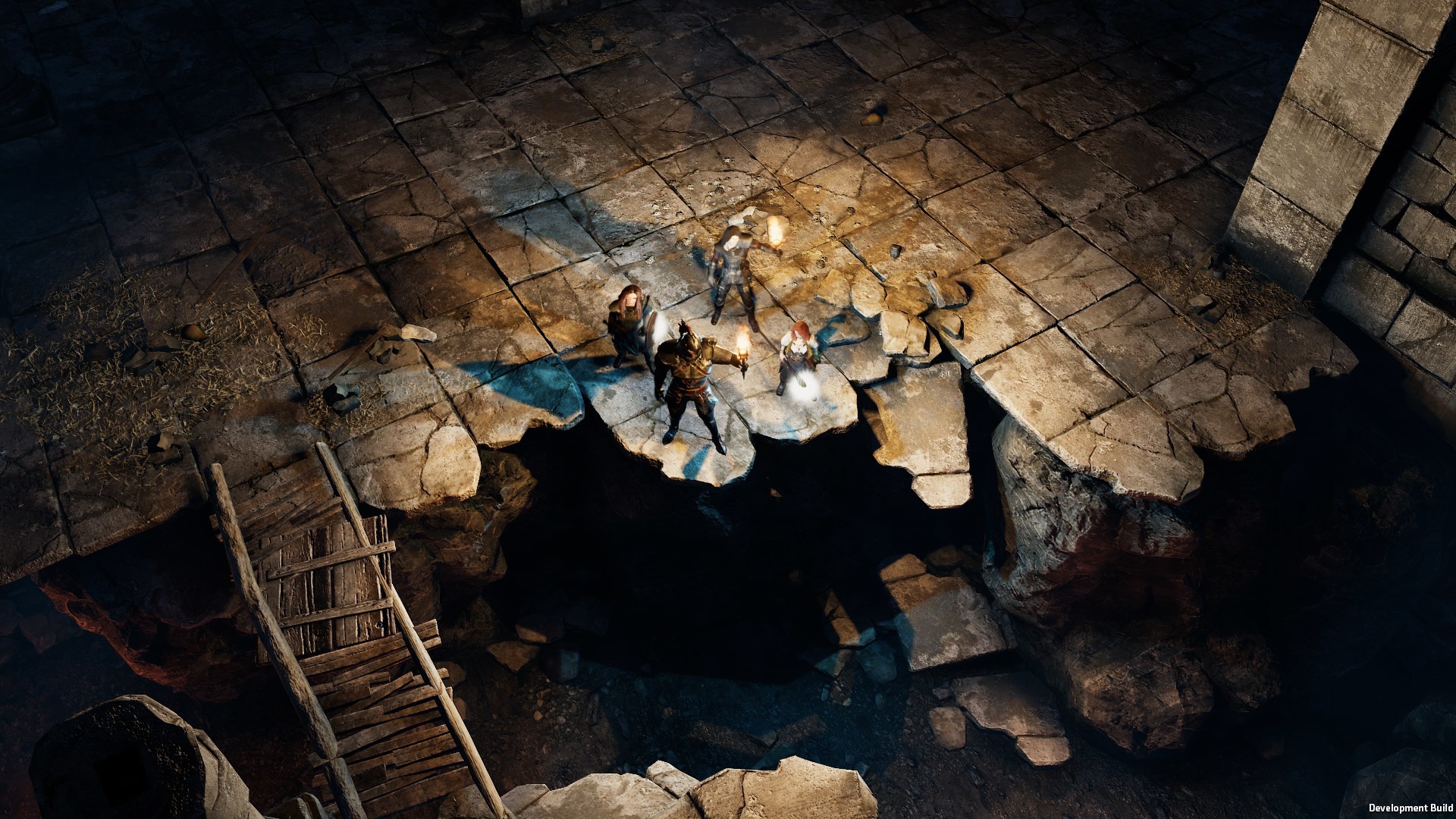
Hey there folk! You know the drill by now, Zaz here has you covered.
Hello fellow adventurers,
Today I’d like to talk about how we use Light and Darkness as a gameplay pillar and fundamental concept in the world of Solasta.
When you think D&D, chances are one of the images that comes to mind is a group of adventurers exploring a dark dungeon, torch in hand, moving cautiously to avoid traps and ready to draw their weapon the moment a monster jumps out of a dimly lit corner. Infravision - and then Darkvision - allowed some specific races to be more efficient in the dark, and 5th edition rules now clearly explain the differences between Bright Light, Dim Light, Darkness and Magical Darkness.
But this has scarcely been used in video games, notably because of the many problems involved when it comes to player experience. We too had to brainstorm a lot to find how we’d use this in an interesting way: after all, micromanaging light must not become a burden. And we're pretty sure our Art Director wouldn't be very happy if all you see is a black screen the moment your characters toss their torch away.
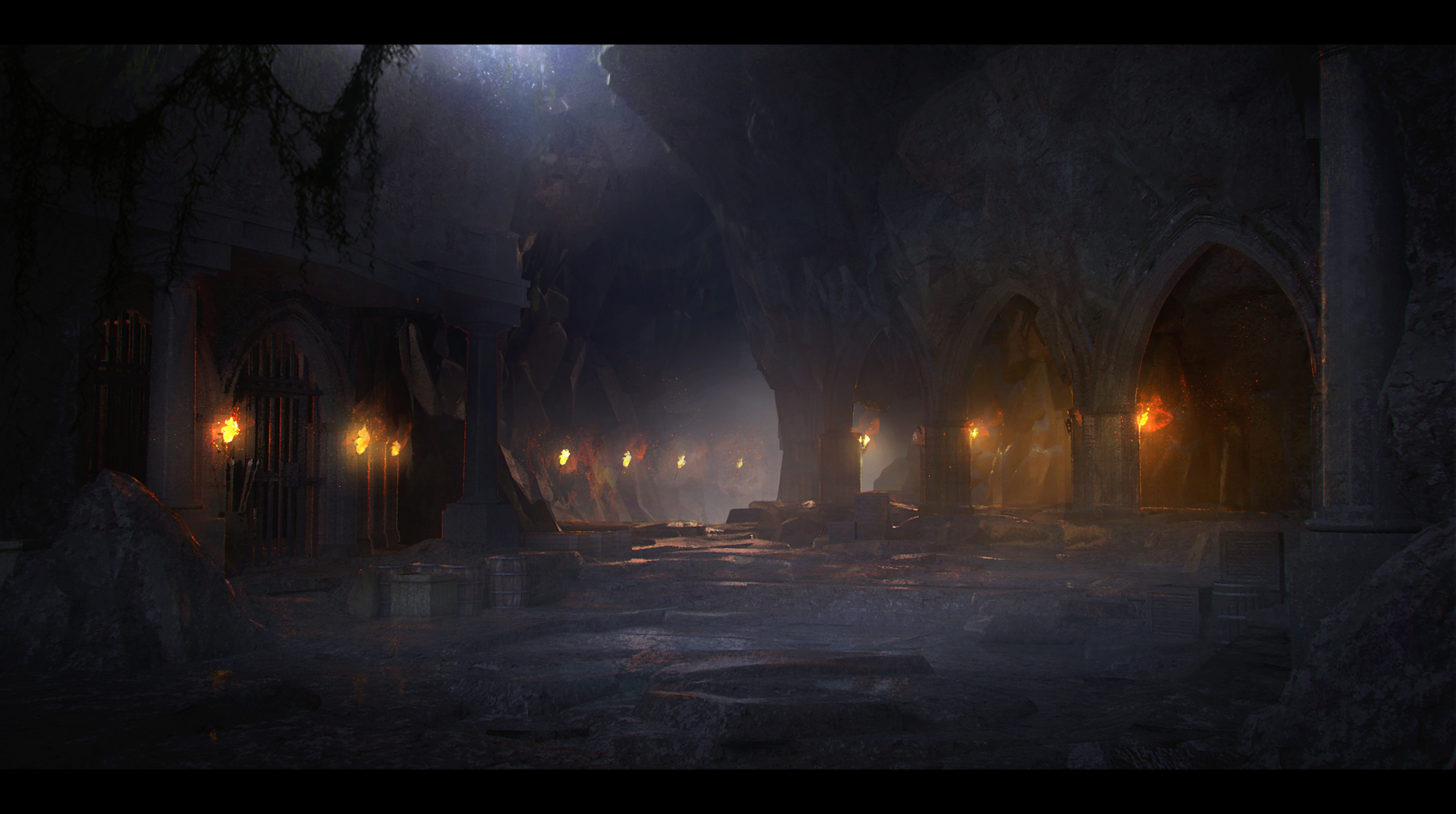
Ambient lighting is a very important part of our Level Design
To see or not to see
At the very start, we discussed about how to represent each character’s own vision. As you all know, we human beings don't see that well in darkness - but for our elves and dwarves, life at night is a nice painting in shades of grey (as to how many, no one knows for sure).We thus tried to represent the game based on the current party leader's vision... and you’d always end-up with an elf leading the path. Not that we have anything against elves, but you have to remember that the game ends up in black and white 90% of the time as you don't see colors with Darkvision. So... we decided that what would be displayed would have to differ from what the character sees.
Adapting the Rules
If you thought that was the only challenge when it comes to light, we're just getting started. Most D&D players will already have an idea of this issue, but the difference between a character with Darkvision and one without Darkvision is huge. If we go according to RAW (Rules as written), a character with no Darkvision can't see anything in the Darkness - so technically you shouldn't be able to see where the enemy is. If your DM isn't playing nice, you'd probably spend a few rounds just trying to find your opponent before even starting to swing at him with Disadvantage. On the other hand, a character with Darkvision treats Darkness as Dim Light - which doesn't do much aside from giving you disadvantage for Perception Rolls. You could run the entire dungeon with a group of Elves without ever busting out a torch, and probably hear our Art Director sobbing in the distance while doing so.

I don't know guys, running the entire dungeon in the dark doesn't seem like a fun time to me.
When we tried to emulate that in-game, it was excruciatingly frustrating - you knew an enemy was right in front of you (because your dwarf can see him), but your human would just be unable to target him because he was in the Darkness. We felt like the player would be punished for simply not having a full party with Darkvision - heavily limiting the interest of having a Character Creation Tool. Want to play Hard Mode? Just have a Human or Halfling in the party.
This is why we decided to seek a middle-ground - a way to make races without Darkvision less inept, and those with Darkvision more reliant on light. In Solasta, the Light System currently works in the following manner:
- Normal Vision: Disadvantage on Perception Rolls & Attack Rolls under Darkness & Dim Light Conditions.
- Darkvision: Disadvantage on Perception Rolls & Attack Rolls under Darkness Conditions.
- Superior Darkvision: No Disadvantage under Darkness Conditions (only for specific Monsters or Darkvision Spell)
Streamlining the complexity
During exploration, your perception will be affected by darkness - meaning you'd better have some source of light at hands if you want to detect those traps and secret passages. Darkvision will give you an easier time of course, but you shouldn't forget the rest of the crew - who could very well notice something your Elf / Dwarf missed in the first place.You'll quickly realize that this is twice as important in battle, as it will affect your accuracy. To keep it simple for the players, in our current system you can see if your opponents are in Bright Light / Dim Light / Darkness by hovering over them, and the cursor model will change to tell you if you'll roll with advantage or disadvantage (or simply normally). Want your Warrior to have his Shield in hand? Better make sure your Wizard has a Light Cantrip for him. By putting a heavy emphasis on Light, it adds a tactical layer to Combat Sequences - using the environment such as glowing stones, braziers or pools of flammable oil to light up your enemies, or rushing in torch in hand so your archer can pick off your enemies from afar. Want to hold a narrow corridor and only your Warrior is still up? Drop your torch on the ground, take out your shield and stand your ground!
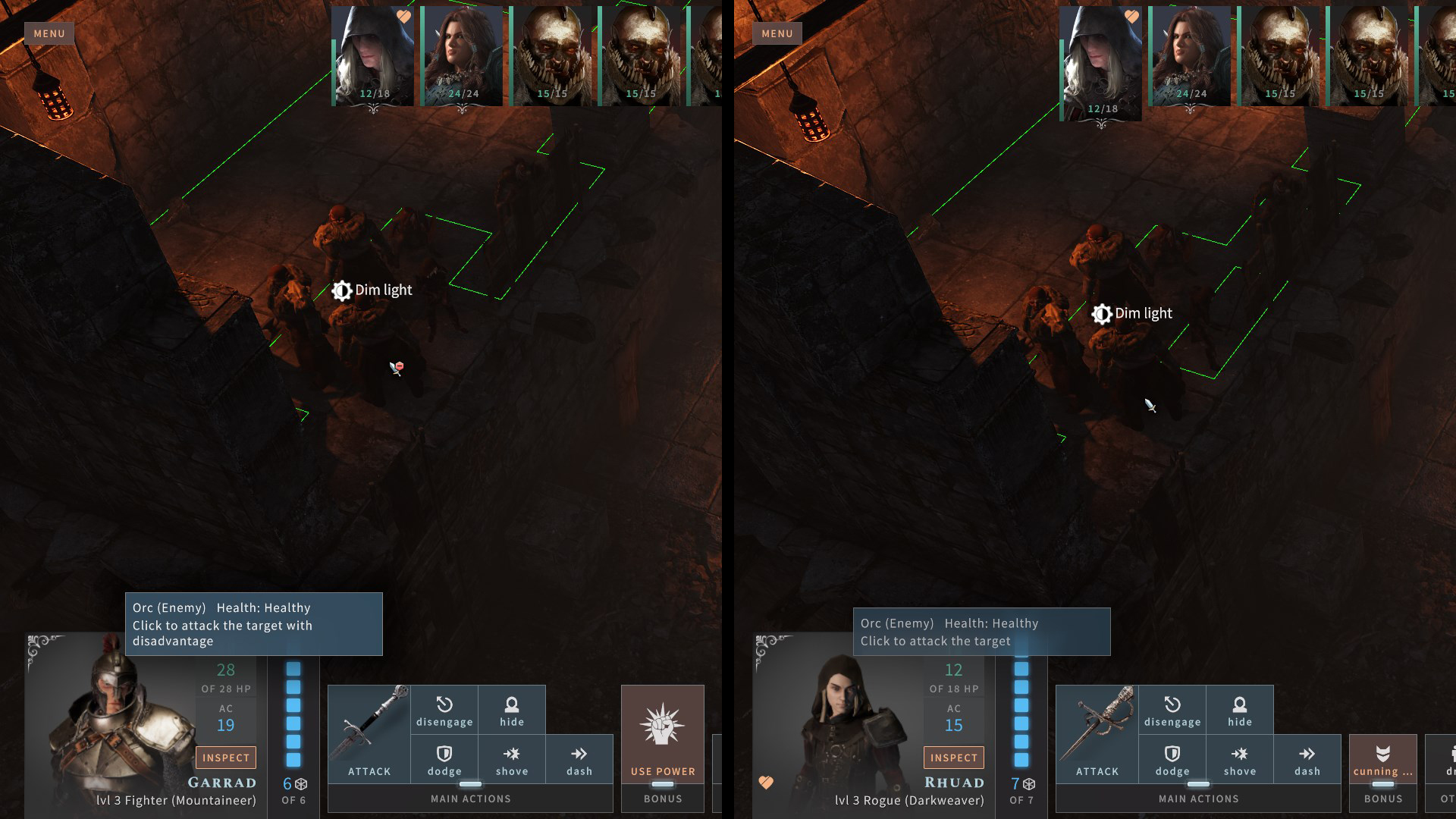
Same situation, Human Character has Disadvantage because of Dim Light Conditions, Elf Character does not.
Light as a weapon
Now, it wouldn't be very fair if Light only affected our party. This Gameplay Pillar is called "Light & Darkness", not just "Light" - there is a duality that we want to explore. While adventurers may have issues with pitch black dungeons, the opposite applies to creatures born deep underground, perfectly adapted to the Darkness with Superior Darkvision, Blindsense or even Tremorsense. These creatures will very likely not appreciate having a torch shoved into their face, and some of them will be Sensitive or even Hypersensitive to Light - making it not only a resource to manage, but a deadly weapon too.Imagine your party of four facing numerous creatures many time their size, kept in check by the light they wield - it’s both epic and terrifying, and this is what we want Solasta to be about. Back from your quest, you’ll enjoy the fresh air and sunlight, only to rest for your next raid underground… and into darkness.
Zaz

Unused Key Art (Classes not validated) that depicts the Light & Dark Pillar
https://store.steampowered.com/app/1096530/




